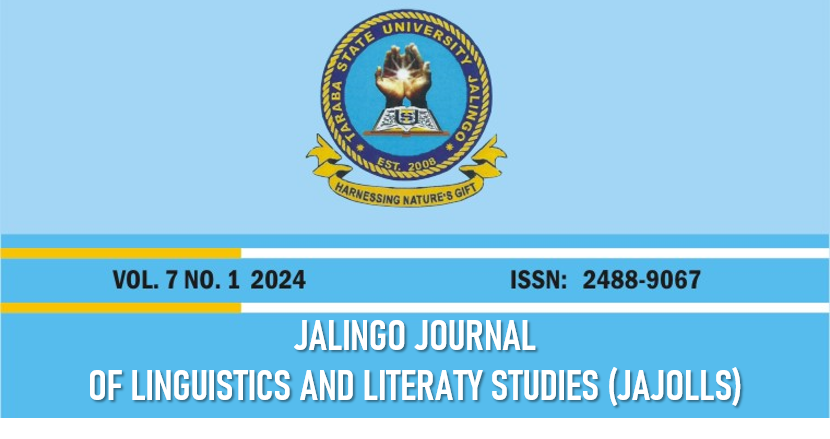An Overview of Desemanticization of Verbs into Future Tense Markers in some Bantu Languages
Keywords:
lexical morpheme, Bantu languages, desemanticization theory begins, semantic developmentAbstract
In this paper, we argue that future markers in some Bantu languages of Cameroon evolved from constructions that signal movement towards a goal and require that the verb stem bears appropriate tense and directional marking. We go further to demonstrate that in these languages, a lexical morpheme that often occurs in an environment in which a certain inference is made can be associated with that inference to such an extent that the inference becomes part of the explicit meaning of the grammatical morpheme. According to Bybee (1994), desemanticization theory begins with the observation that grammatical morphemes develop gradually out of lexical morphemes or a combination of lexical morphemes. Thus, the source meaning of lexical morphemes determines the grammaticalization path that the grammatical morpheme will travel in its semantic development. The desemanticization process holds that in addition to their lexical meaning, some verbs receive a grammatical function and eventually develop into a grammatical morpheme. Based on the source determination hypothesis, we advocate that the development of future markers in these languages is characterized by the dynamic coevolution of meaning and form.

